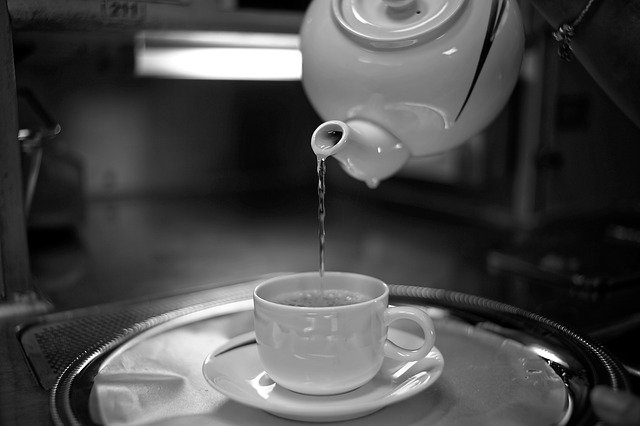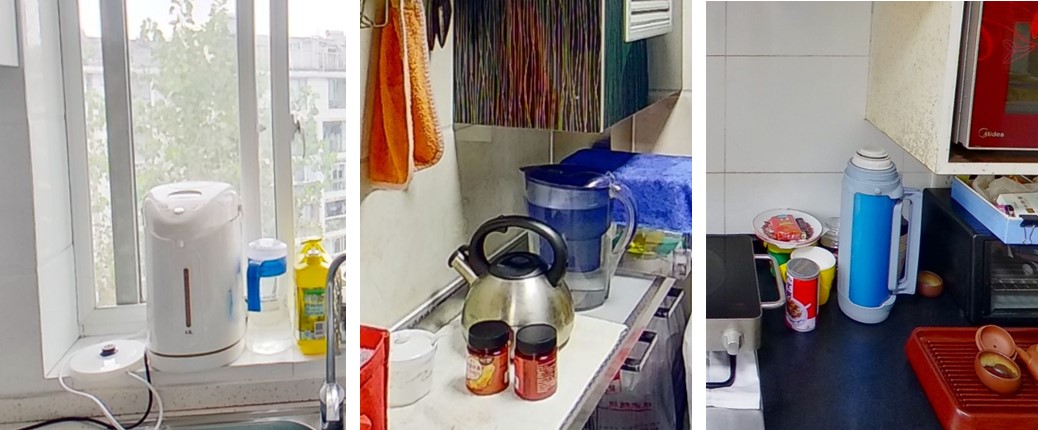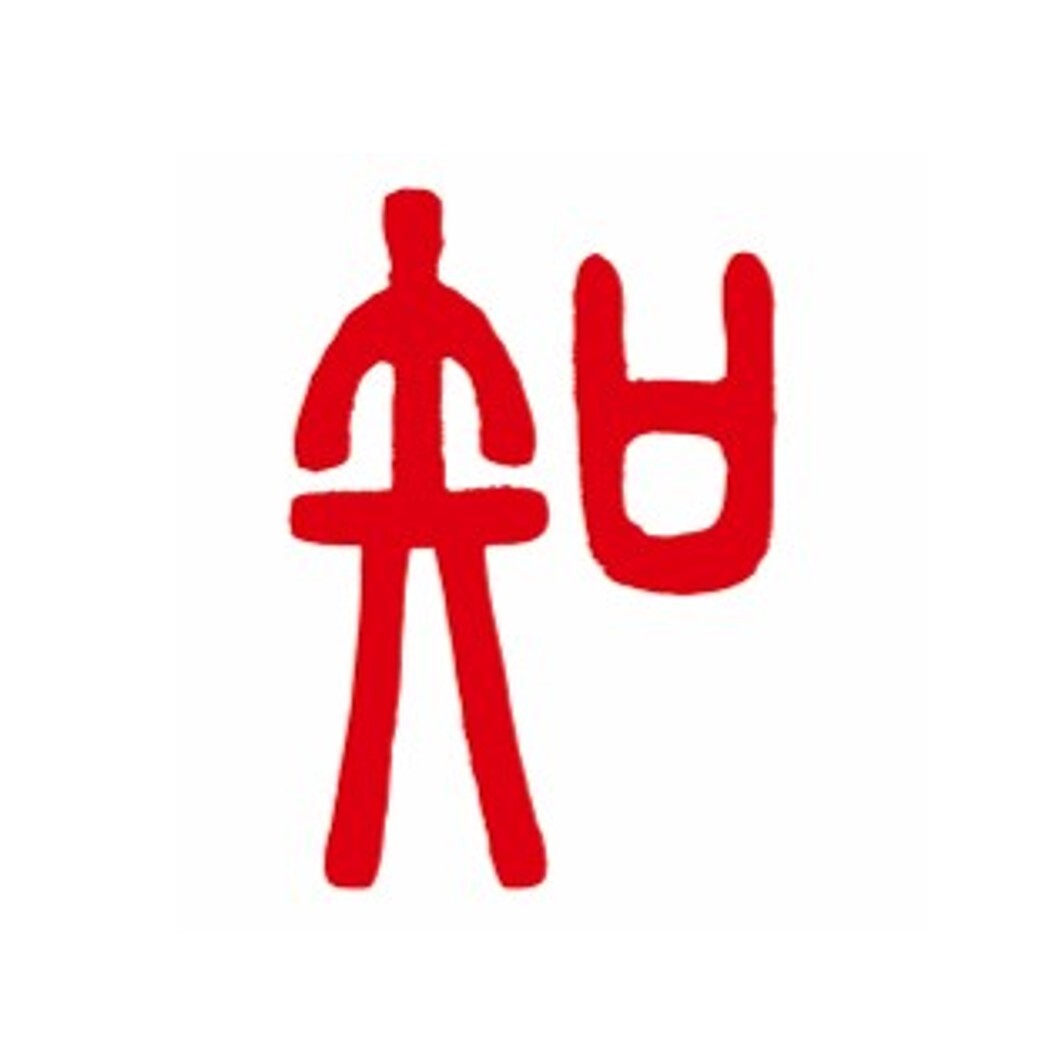[China: World Residence Tour] Chinese Lifestyle as Seen from Small Items in the Home
- Release date: Feb 02, 2021
- 10290 Views

List of related articles
Vol.1:[China] Why do the Chinese consumers prefer closed kitchens even though they love to talk?
Vol.2:[China] Why bathroom and toilet are relatively small in Chinese households?
Vol.3:[China] The entrance and refrigerator are the key to understand how do Chinese households use living room
Vol.4:[China] How do Chinese households use their balcony?
Vol.5:[China] High flexibility on electric wiring
Vol.6:[China: World Residence Tour] Chinese Lifestyle as Seen from Small Items in the Home
Vol.7:[China: World Residence Tour] The Living Environment and Cleaning Conditions of Chinese Housing
Vol.8:[China: World Residence Tour] Different air conditioner choices for different spaces and regions
Vol.9:[China: World Residence Tour] Ideas about Privacy and Storage
Vol.10:[China: World Residence Tour] Why do they install washing machines in the bathroom or laundry area?
Vol.11:[China: World Residence Tour] Ancient wisdom on how to cope with the heat
第12回:【中国】年収が同じでも、エリアの差が激しい生活環境
第13回:【中国】部屋から分かる高所得層の家電ブランドを探る
第14回:【中国】「国潮」に影響された化粧品ブランドの選好
第15回:【中国】ミレニアル世代の子育て事情
第16回:【中国】中国人の衛生意識
第17回:【中国:地球の暮らし方】「顔値経済」に影響される男性の化粧品使用
第18回:【中国:地球の暮らし方】パンデミックによる伝統医療への再認識をチャンスに
第19回:【中国:地球の暮らし方】じめじめした日に悩みを抱える中国南部の住宅
第20回:【中国・ベトナム:地球の暮らし方】おいしい酸味の秘訣とは
第21回:【中国:地球の暮らし方】子供の成長を考慮した部屋作り
第22回:【中国:地球の暮らし方】 競争社会における早期教育の需要
第23回:【中国:地球の暮らし方】地域とキッチン
第24回:【中国:地球の暮らし方】中国消費者のデンタルケア事情
第25回:【中国:地球の暮らし方】急速に発展するEV市場
第26回:【中国:地球の暮らし方】室内空気質へのこだわり
第27回:【中国:地球の暮らし方】中国人は水よりお湯を好む理由
第28回:【中国:地球の暮らし方】給湯器の普及と使用実態
第29回:【中国:地球の暮らし方】 寝室から見るライフスタイルの変化
Commitment to hot water
It is probably no exaggeration to say that no other people in the world are as obsessed with hot water as the Chinese. The reason behind this is the theory of yin-yang harmony in Chinese medicine. The Chinese have long believed that drinking hot water has the effect of "warming yang," which helps to ward off cold and neutralize the "yin" qi in the body, thereby curing illness. Also, tap water in China is not directly drinkable like in Japan, so if you want to drink room temperature water in China, it is customary to boil the tap water and then leave it to come to room temperature. Also, if you go to a restaurant in China, you will probably notice that in most cases, what is served to customers is hot tea instead of cold. This is also an effect of this Chinese medicine theory and custom. Therefore, many small items reflecting this custom can actually be found in Chinese homes. First of all, if you look closely at a Chinese home, you will always find at least one water heater or kettle. Once the water is boiled, the next step is to keep it warm. In the case of a water heater that has a keep-warm function, you can just leave it there after boiling, but in the case of a kettle, there are other things that need to be kept warm. For this reason, the Chinese have always had the habit of using thermos bottles or heat-retaining bottles.
* Source: Consumer Life Database (Consumer Life Panorama)
* For an overview of Consumer Life Panorama (click here) Chinese people use hot water in many situations in their daily lives. The first and most common use is for direct drinking. It is also often used for cooking and making tea. Other than that, hot water is also used for washing dishes and feet in cold weather (this practice is thought to be decreasing with the spread of water heaters). Therefore, there is a high need for Chinese households to always have enough hot water. This is where the vacuum flask is widely used. In the first and second columns, I introduced the double use of water in the kitchen and the use of hot water buckets for washing, etc. The vacuum flask, like the hot water bucket, is a custom from a bygone era, and when I visit middle-aged and older families, I find that many of them still retain this custom.
The challenge of diverse cooking and small kitchen space
In my first and third columns, I introduced the fact that due to the small kitchen space in Chinese households, the one thing that often gets left out in the kitchen is the refrigerator. There are many ways to cook Chinese food. There are many ways to cook Chinese food, and therefore, there are quite a few cooking utensils to use. On the other hand, the space in the kitchen is limited. Therefore, where to store and install the cooking utensils is quite a big issue. In fact, it is not only the refrigerator that has been evicted from the kitchen. This is especially true in Shanghai, where the per capita living space is particularly small. For example, people are trying to solve this problem by putting rice cookers in the living and dining rooms, and microwaves in the crevices.What is Consumer Life Panorama?
Intage's web-based database of real consumer lifestyles in Japan and overseas.The database can be used to intuitively understand the daily flow of life, living environment, and digital life.
To view the Consumer Life Panorama demo site here
For an overview of Consumer Life Panorama here
-

Author profile
Yang Yan
A Chinese researcher living in Japan, providing information on the actual living conditions of overseas consumers, mainly in China. Even though I came to Japan, my habit of drinking hot water still hasn't changed.
-

Editor profile
Yusuke Tatsuda
In charge of creating the Global Market Surfer website. When I was a student, I used to drink only chilled tea, but when I went on a business trip to China, I started drinking room temperature tea, which I still do today.
 Global Market Surfer
Global Market Surfer CLP
CLP